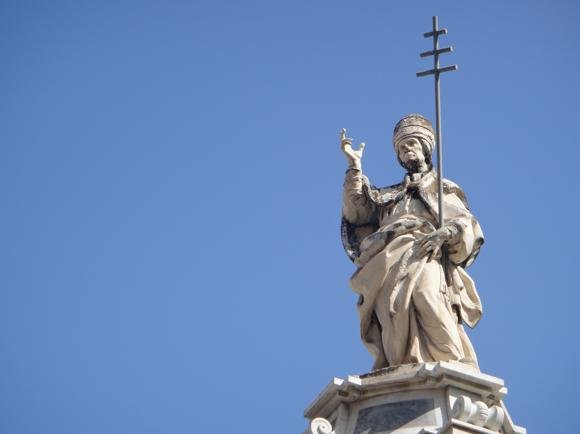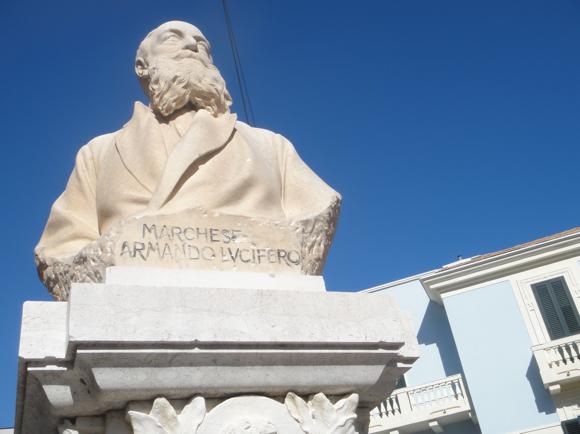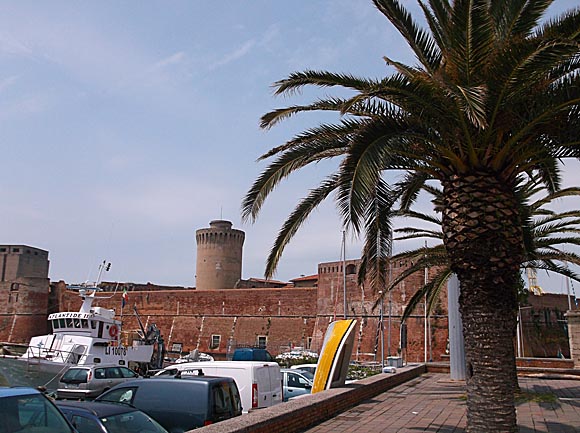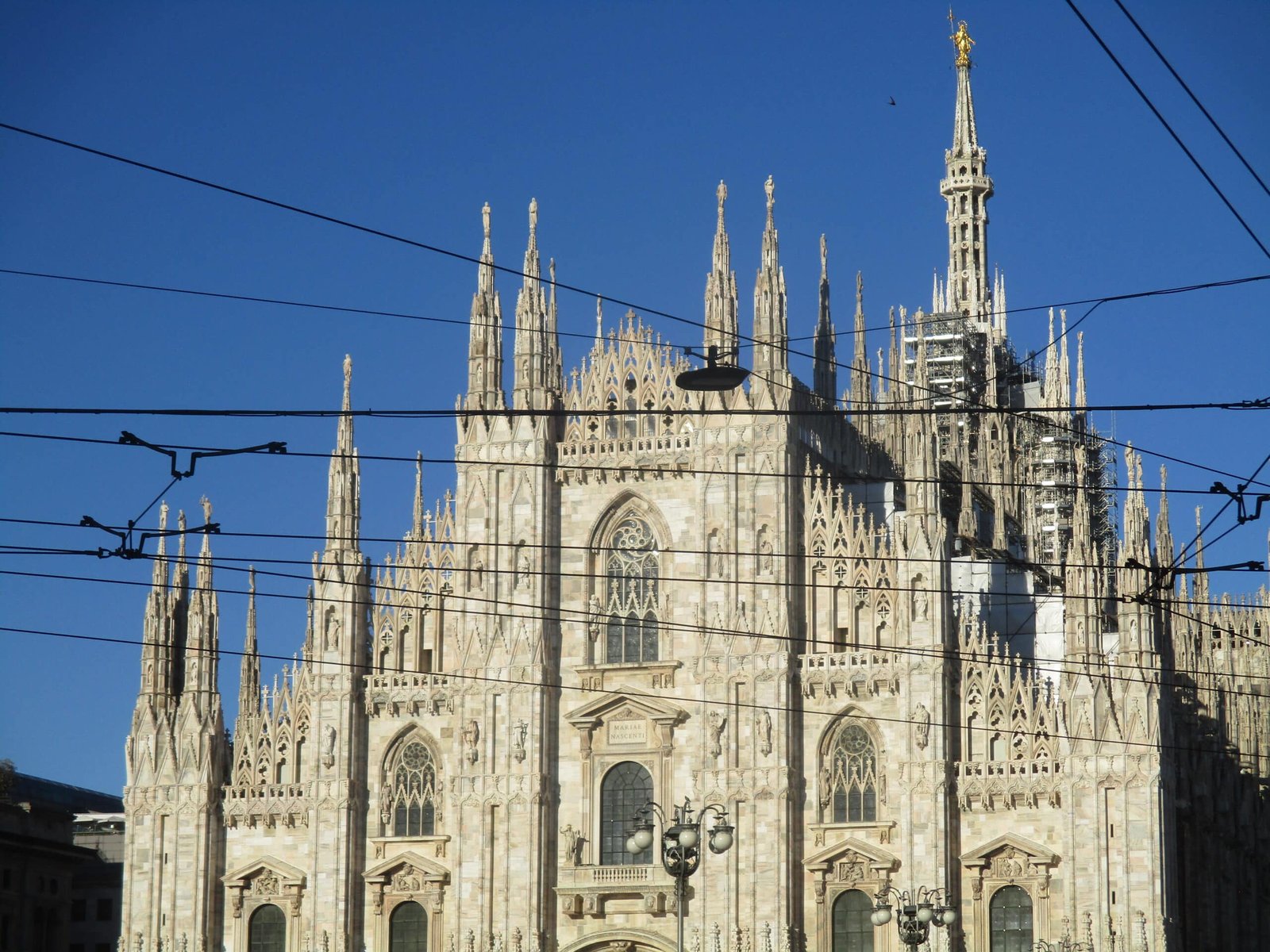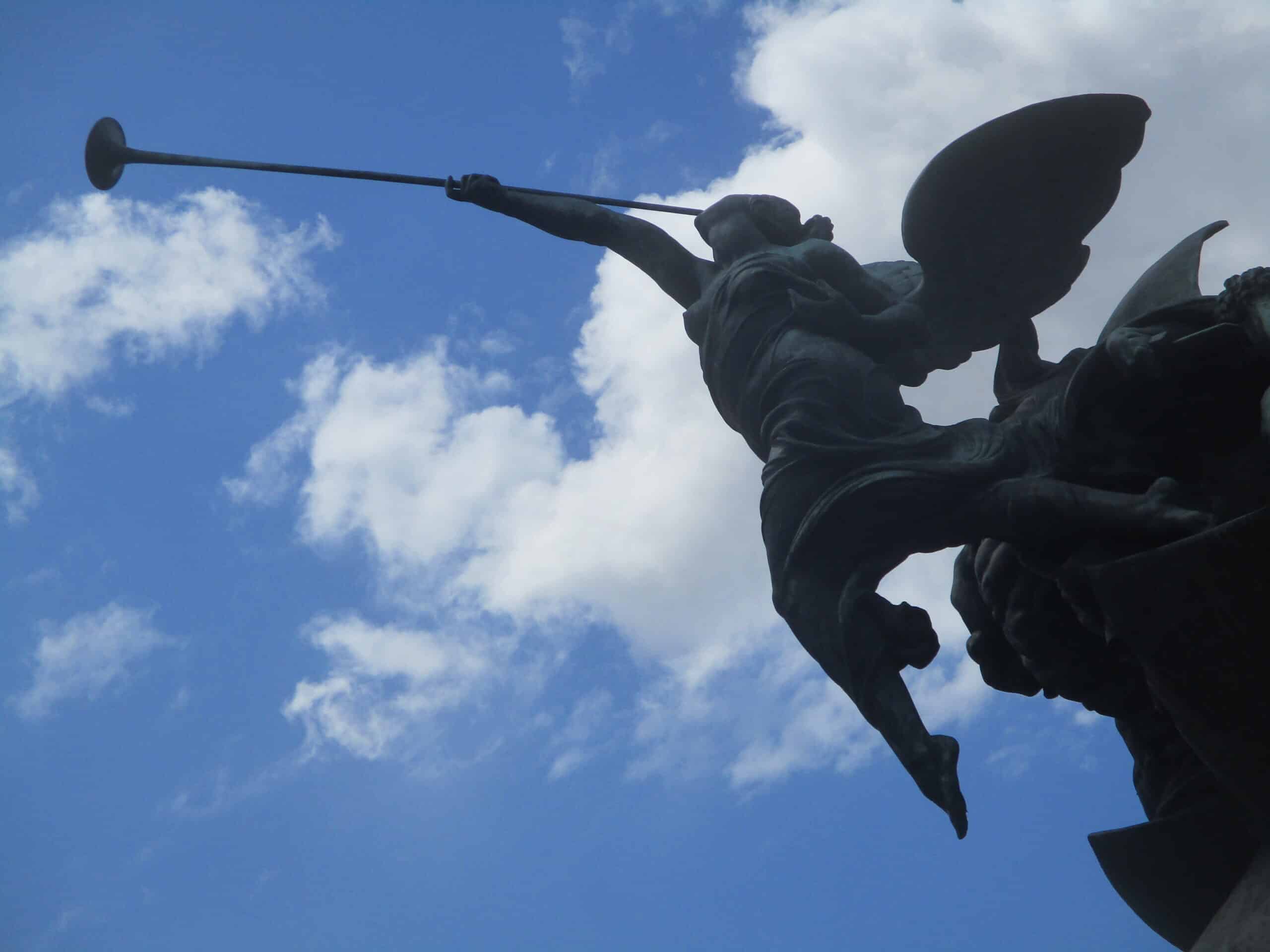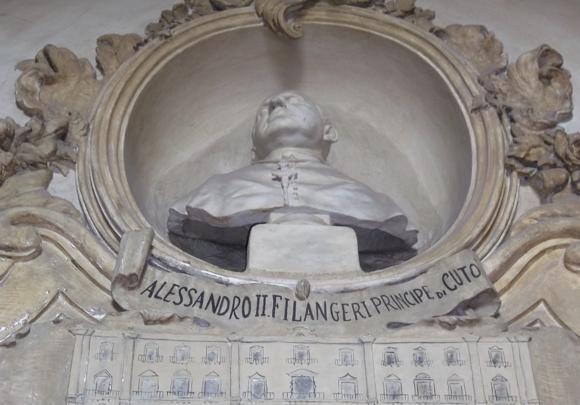Teams, tales and tips – a guide to the local game
Strolling along the gorgeous shore of Lake Como, you could be forgiven for thinking that little has changed in the century since the Stadio Comunale Giuseppe Sinigaglia was built. Opened in time to mark the centenary of the death of the city’s most illustrious son, eminent scientist Alessandro Volta of volt fame, the home of today’s Como 1907 is often cited as the most picturesquely located stadium in Europe.
It’s also one of the most original. Dating to 1927 when Mussolini ordered one of the first of many stadia across Fascist Italy, it sits opposite the rowing club also named after the locally born sportsman who won the Diamond Sculls at Henley in 1914 before his heroic death in World War I. Alongside is the yachting club and beside the football stadium, a flying club of 1930s’ heritage and appearance.
As you admire the stone eagles topping the columns of the lakeside entrance to the Stadio Comunale, an old-school seaplane might waddle out of the aerodrome a few metres away, before settling on the waters of Lake Como across the road and gracefully taking off to soar over the exclusive villas lining the shore.
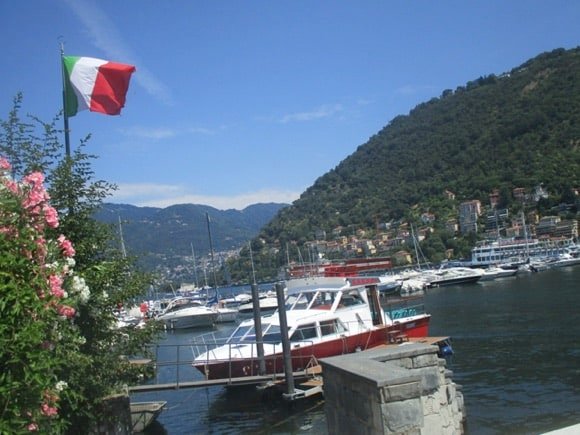
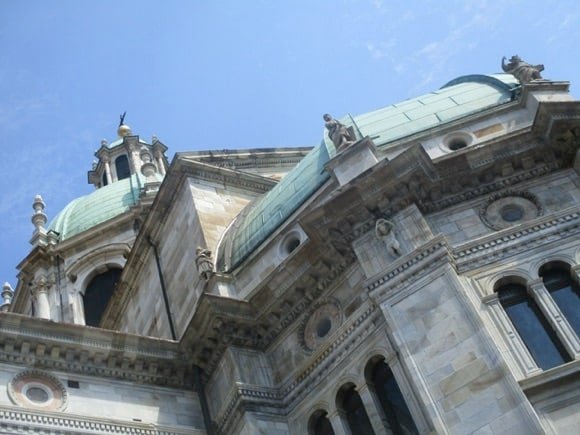
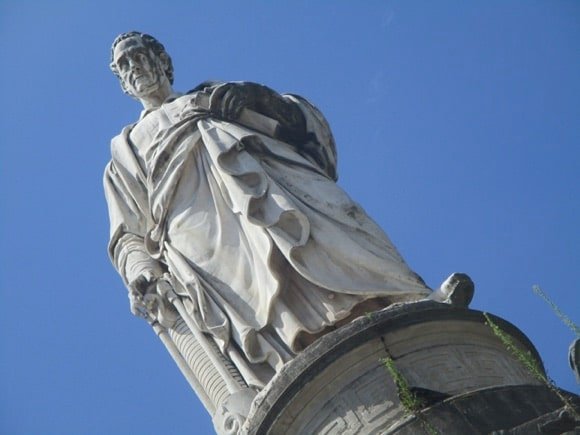

But this serene scene will soon be changing. In 2019, Como 1907 was bought by the billionaire Hartono brothers, whose tobacco operation Djarum has elevated them to be the second richest men in Indonesia. The move into Italian football made them the wealthiest owners in Serie A, no idle boast.
For the recently bankrupt Como, this has not only meant the rise from Serie D in 2019 to Serie B in 2021, then up to the elite in 2024 – it has involved former Premier League stars Cesc Fàbregas, Thierry Henry and Dennis Wise.
This international profile, glamorous setting and the city’s long relationship with the film world saw celebrities among the crowd at the Giuseppe Sinigaglia for Como’s first season in Serie A after 21 years in 2024-25. With an international tournament involving Celtic, Ajax and Al-Ahli preceding the 2025-26 campaign, fans from Glasgow, Amsterdam and Jeddah will be able to experience this venerable ground with their own eyes.
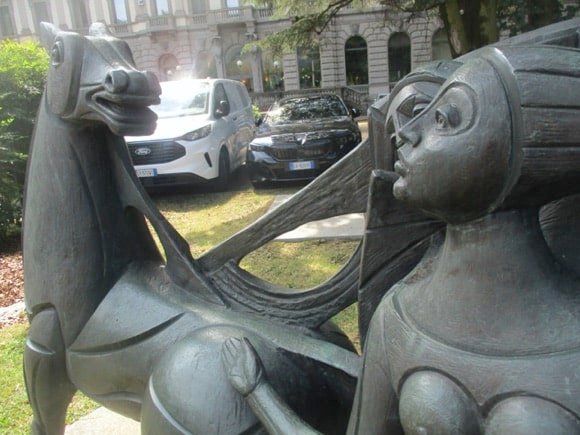
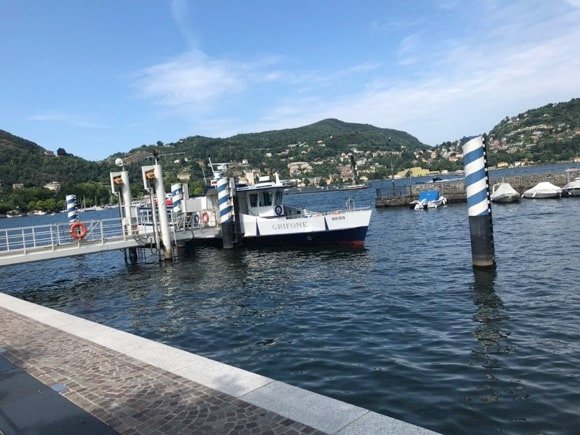
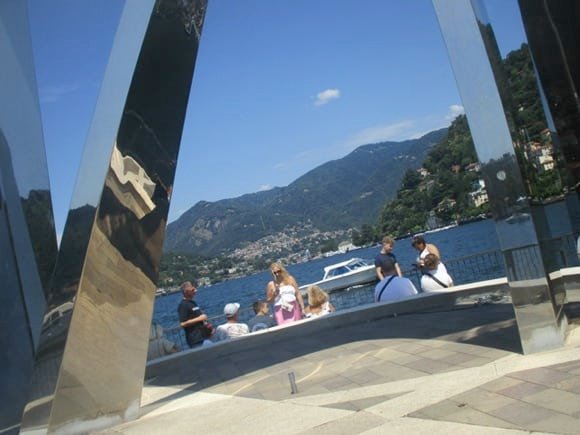
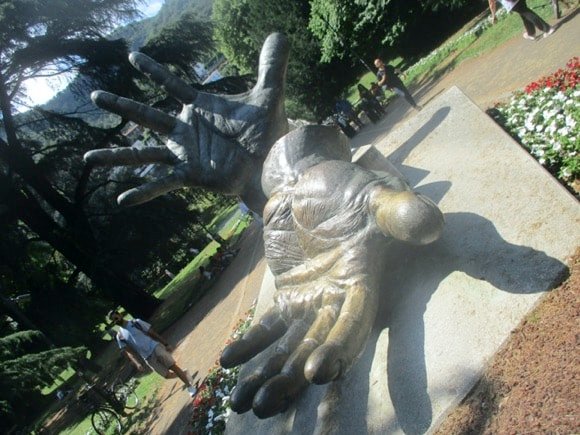
But behind the scenes, contemporary stadium architects Populous of Wembley, Emirates and Tottenham Hotspur Stadium fame are already working on a 21st-century iteration of the Giuseppe Sinigaglia, based on the redevelopment and modernisation of another waterside relic, Fulham’s Craven Cottage.
Although there is no specific timeline yet, Como’s confident start as a Serie A outfit, a sensible transfer and salary policy – equal top scorer in all competitions in 2024-25 was Como-born Patrick Cultrone – and the deep, deep pockets of the owners should mean that the Hartono brothers won’t be going the way of Erick Thohir. Their Indonesian compatriot ended the 60-year dynasty of the Morattis at the head of Internazionale only to sell the club on in a few short years.
While nearby Milan remains strongly connected to Como – as well as the short train journey, key figures at Inter and Milan have properties here – the rebirth of the lakeside club has been accompanied by a rebranding operation by the partly US-UK marketing team to establish a contemporary identity around this recent phenomenon.
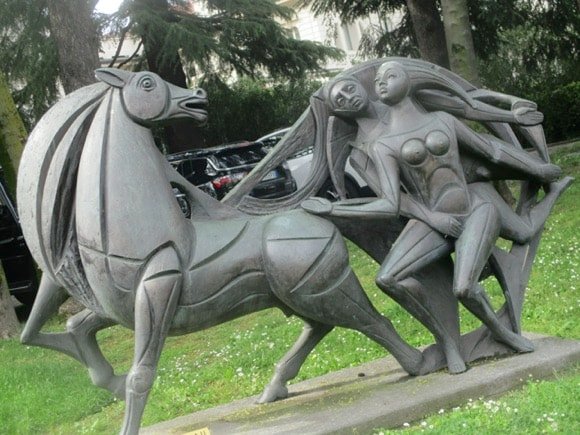
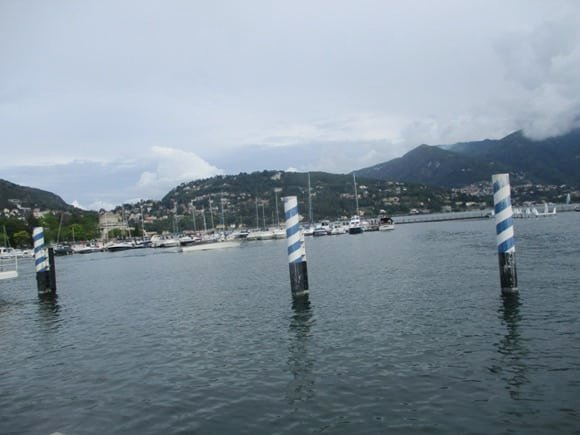
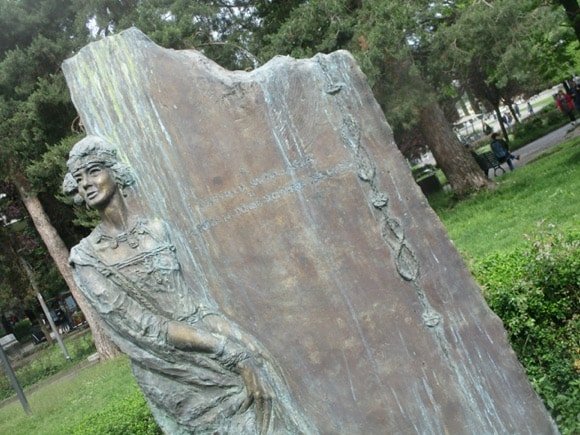
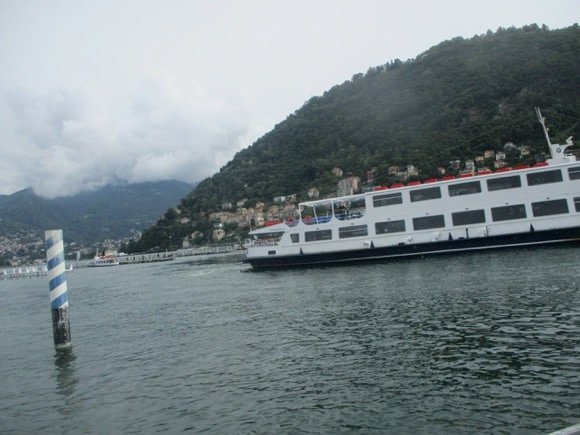
Copies of the glossy publication Blu carry images of players in fashionable garb and sunglasses, and full-page publicity for the revived “100% Como” beer, La Comasca, “filtered with Como silk”. Other ads offer sightseeing flights over the lake.
It’s not as if Como needs to be sold as a tourist destination, but now it’s a tourist destination that now also lays on Serie A football in a setting few teams in Europe can match.
That is, if you can snag a ticket. Capacity at the Giuseppe Sinigaglia is barely 12,000, and the stadium has rarely been used for international fixtures. The last time Italy’s under-21s played here was in 2002, Andrea Pirlo scoring in a 3-2 defeat by France.
A new 15,000-seater at Como would probably persuade the Italian FA to move more games here in the future – and establish the summer’s Como Cup as a permanent feature in the pre-season run-up.
Getting Around
Arriving in town and local transport
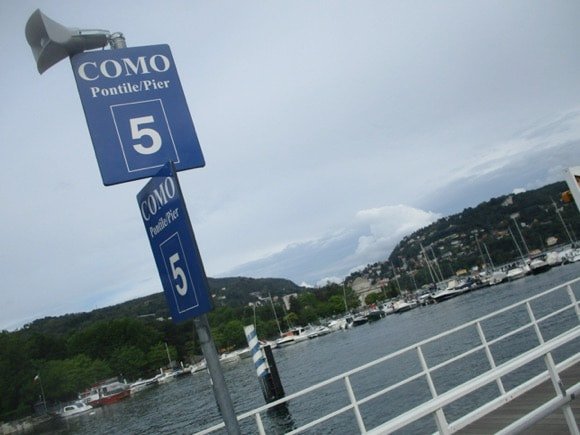
Milan’s two airports are the nearest ones to Como. Milan Malpensa, 47km (30 miles) south-west, is as close to Como as it is to central Milan. Flixbus runs several buses a day from both terminals at Malpensa direct to the station at Como, alongside Como Lago rail terminal overlooking the lake. Journey time is around 45mins, fare €7.
Alternatively, trains run from Malpensa Terminals 1 and 2 to Saronno, where you change for Como. You may also have to change at Seregno or Mendrisio. Overall journey time is 1hr 45mins, fare around €15-€20.
Even though Milan Linate is way closer to Milan, it’s 66km (41 miles) from Como and not directly linked by public transport. Take the hourly Airport Express to Milan Centrale (€5 online, journey time 25mins).

From Milano Centrale, an hourly train runs direct to Como Camerlata (€5, journey time 35mins). There’s a more regular service from Milano Cardorna (€5, journey time 50mins). This service then calls at Como Borghi, on the south-eastern edge of the city centre, before terminating at Como Lago, right by the lake and a pleasant 15-minute stroll along the waterfront to the stadium.
If you’re changing at Como Camerlata for Como Lago, the platforms are a 5-minute walk apart, clearly signposted.
The other station in Como is S Giovanni, also close to the stadium and city centre as the crow flies, but a steep walk back. It’s connected to Centrale by an hourly service, €5, 35mins journey time, or change at Milano Cadorna and Como Camerlata.
Como stadium and city centre are easily walkable. If you need to go further afield, local buses (€2.50 on board) cover the area surrounding the city centre, the main routes cutting through it.
Radio Taxi Como can be contacted on +39 031 261 515.
Where to Drink
The best pubs and bars for football fans


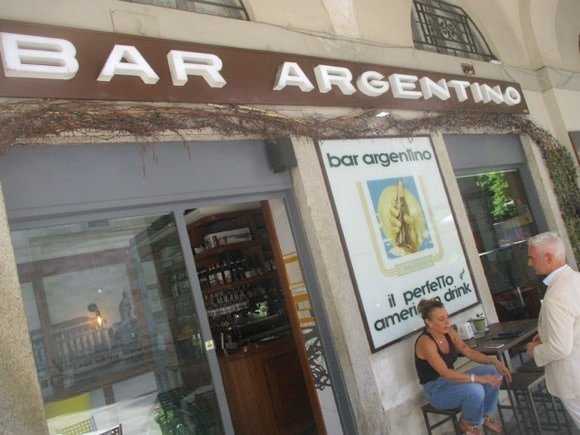


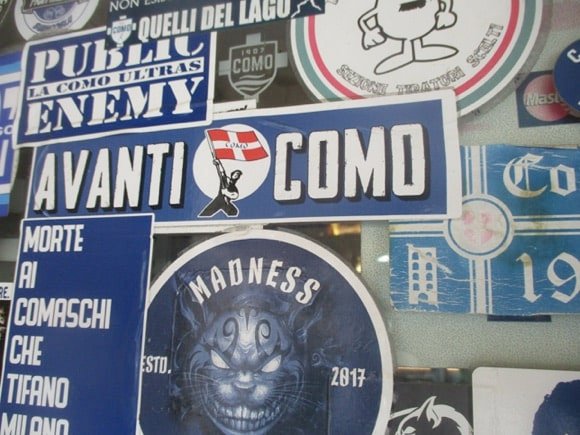

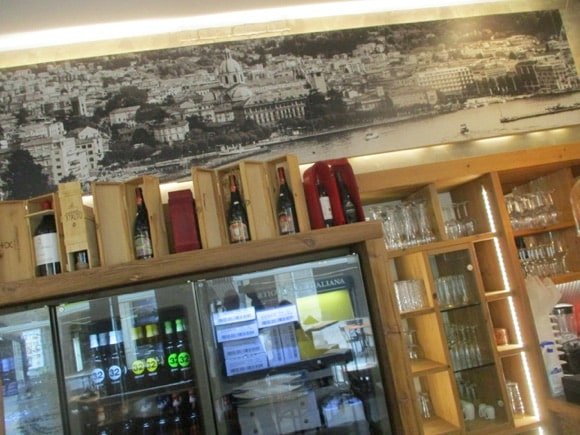

While pricy terraces ring piazza Cavour looking out to the lake – you’ll pay €15 for a vodka cocktail in the stylish Bar Touring and similar in the classic Bar Argentino just behind – you can cheaper and more convivial nearby.
Pick of the bunch, just the other side of the bus station, the 100 Lire Bar accommodates the local Vespa fraternity with strong cocktails, quality music and TV sports. Also a Como 1907 hangout, its name derived from a classic Italian song about poverty and emigration, the 100 Lire should be savvy enough to welcome fans of all persuasions.
The other side of piazza Cavour, the Caffe Alessandro Volta on the square of the same name feels a little less fancy than its neighbours, with TV sport inside as well as sought-after Poretti beer from Varese. In similar vein, Panino Buono on via Giuseppe Garibaldi is more sports bar than sandwich shop, which means it can rustle up a draught Poretti as you gawp at calcio.
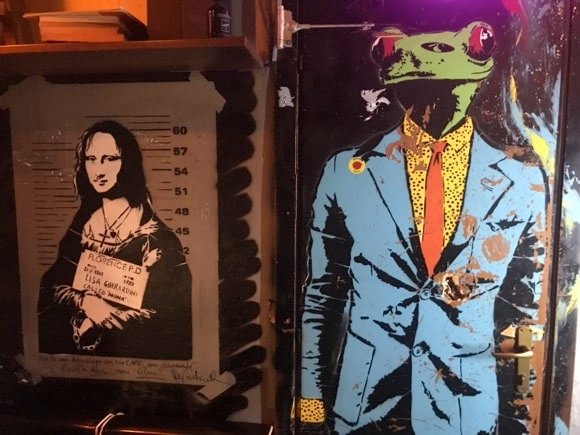
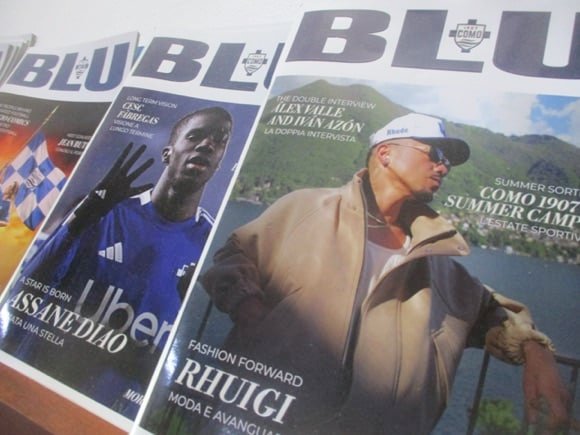
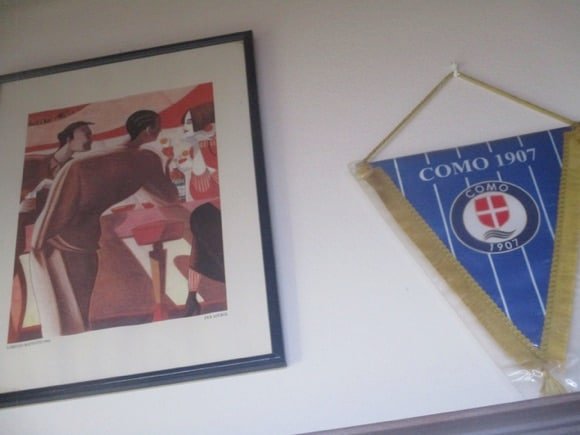
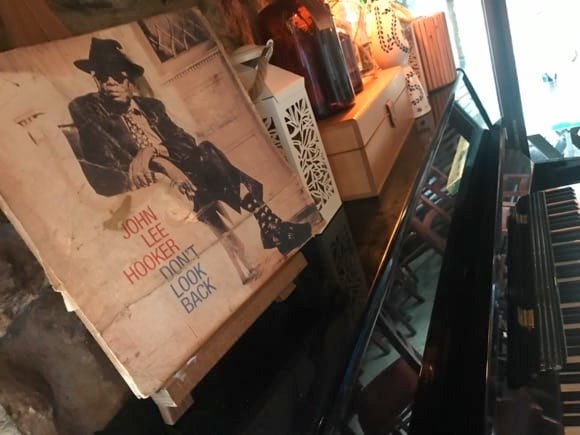
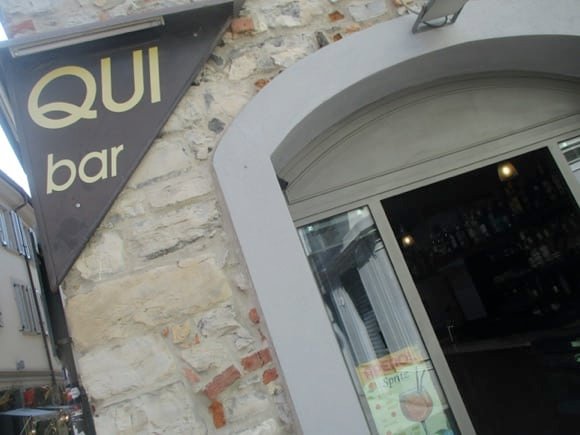
For a real honest-to-goodness bar, consisting of a few football pennants, a tap of beer poured by a friendly old local and a bar counter to prop up, head to QUI Bar, on the corner of via Lambertenghi/via Armando Diaz. You’ll also find a shelf of recent issues of Como 1907 mag Blu to peruse.
For late-night fun, Est Est Est on via Tommaso Grossi has long been Como’s go-to for drinks, decent music and a lively atmosphere until way past midnight. Attracting a bohemian crowd, it also screens major games.
Where to stay
The best hotels for the stadium and city centre

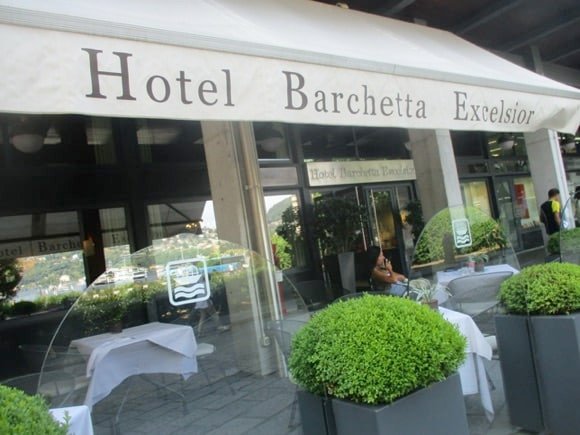
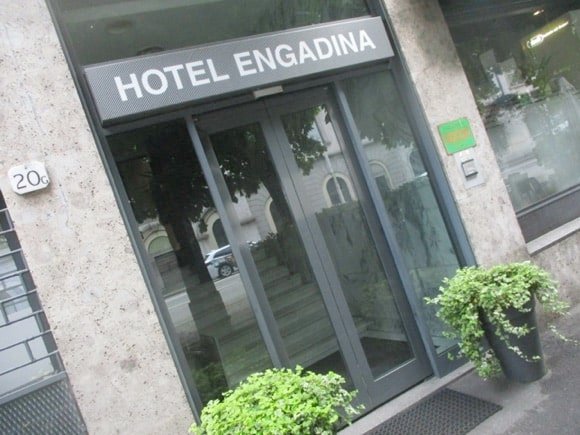
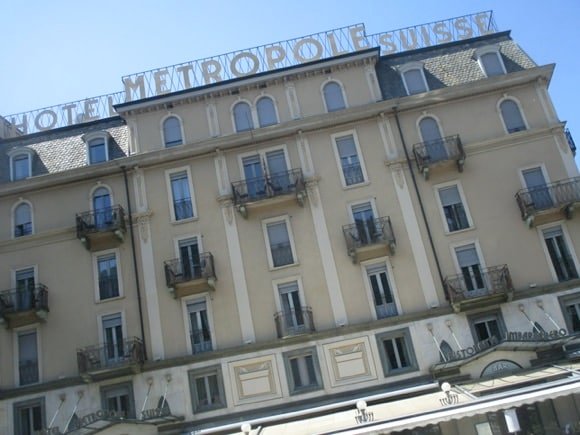

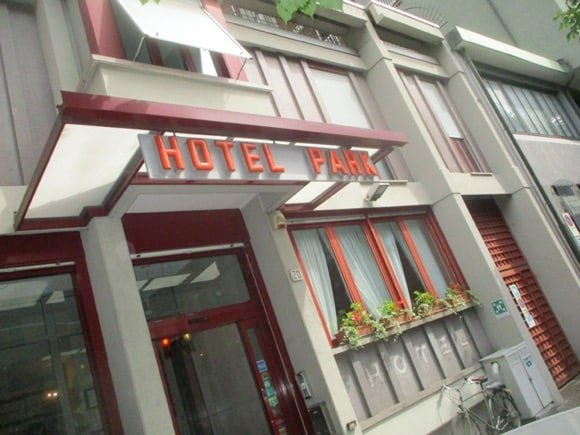
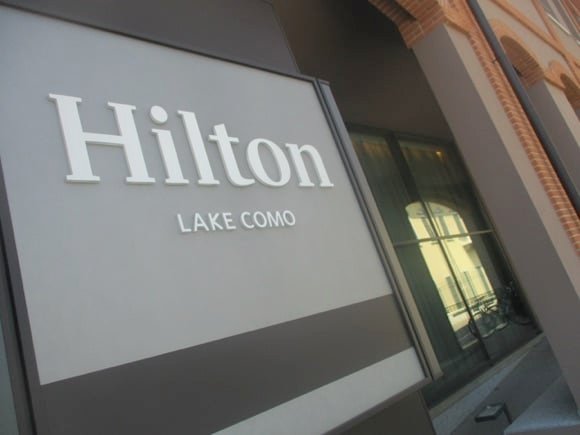
Visit Como has a list of the many local hotels.
Near the stadium on viale Fratelli Rosselli, the Park Hotel Meublé disregards its three-star status with comfortable furnishings, room service and on-site parking. Further along, the Hotel Engadina also carries three stars despite fully refurbishing its 24 guest rooms.
Further round the lake, the Hilton Como on via Borgo Vico offers a rooftop pool with unbeatable views and jacuzzi alongside. There’s another pool indoors attached to the spa centre.
If you’re splashing out but prefer to stay in town, the Barchetta Excelsior anchors piazza Cavour with upper mid-range guest rooms and hospitality befitting its 130 years of service. Across the square and overlooking the lake, the Metropole Suisse is of similar vintage, though here you’re paying for the view rather than the room itself.


